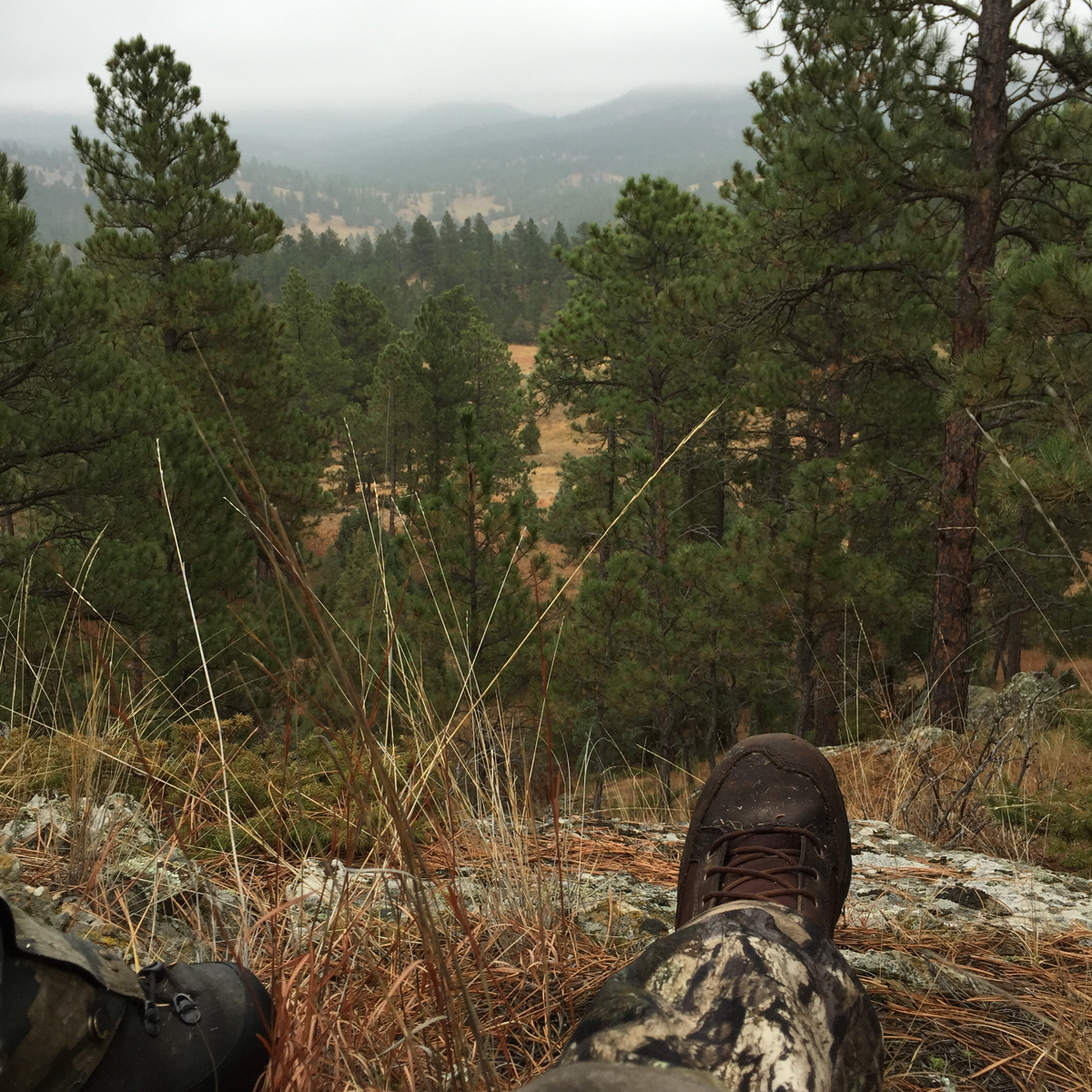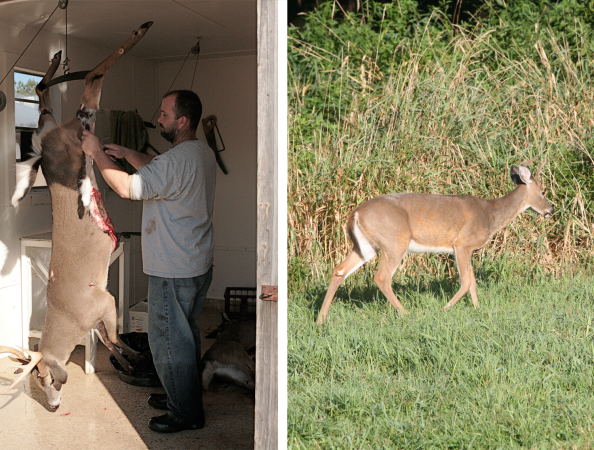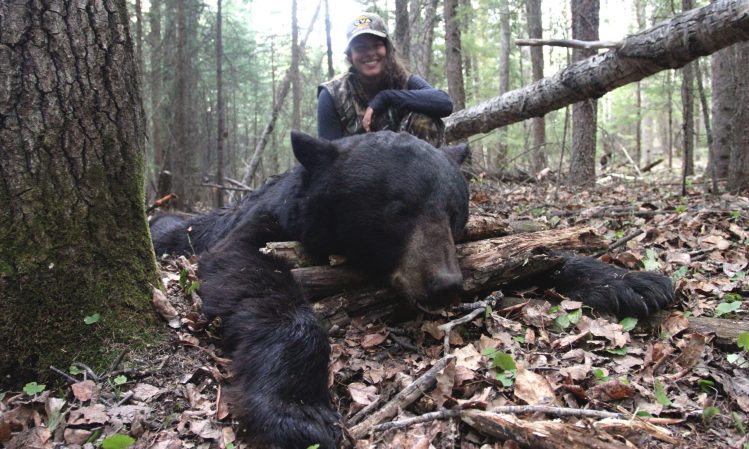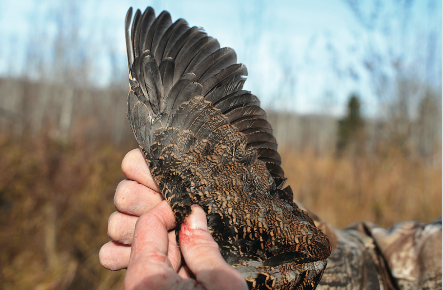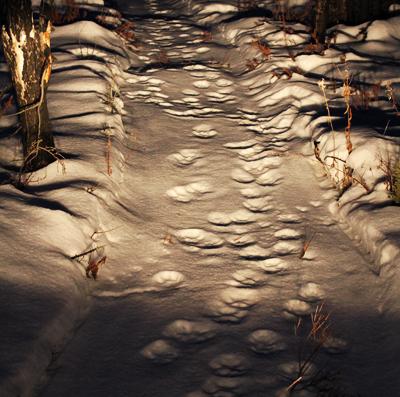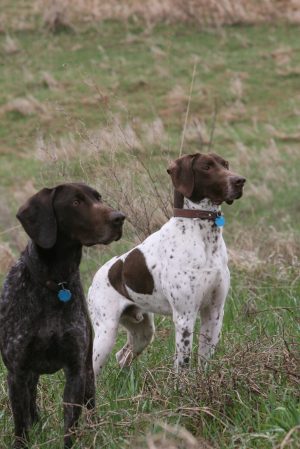Where I hunt in the darkest spot in the Lower 48, I am the farthest one can get from a hospital in the contiguous U.S. That’s a good enough reason for me to think before I step even before you factor in rattlesnakes, scorpions, and mountain lions.
So that iconic rock song “Walk This Way” has become my mantra in the field (by the way, I mean the original Aerosmith version, not the pale imitation by Run DMC). Ambulating with care saves precious energy and could save a trip to the emergency room…if you can crawl, limp, or drag your way back to the vehicle at all, that is.
It starts with minimizing strain on your butt, thigh, and calf muscles by stepping over—not on top of—logs and rocks. Each upward stride is like climbing steep stairs, taxing some of the largest muscles in your body. You’re lifting virtually your entire body’s weight each time you summit a downed tree. Save that energy for the uphill climbs that count: going where the ptarmigan dwell, for instance.
What about duck hunters crossing water? If you must negotiate a river’s submerged boulder field (or a rocky slope for dry-land hunters), you’re safest stepping to the low spots between rocks. You have less chance of twisting an ankle or breaking a femur because you’re carefully putting your feet where they would have ended up anyway in a mishap – without the violent slide into a fracture or torn tendon.
On steep uphills, conserve energy by locking your knee at the apex of each step. Your legs’ skeletal structure supports body weight for a microsecond, giving oxygen-rich blood a chance to flow back into relaxed muscle tissue. And while it’s not related, for some reason I tend to stomp on each uphill step, adding injury to the insult of taunting chukars above me. I’m learning to step lightly instead, and you might consider doing so, too.
A long day weaving among trees and shrubs will feel shorter if you weave less. Even if it seems a bit out of the way, walking in longer straight stretches (fewer twists and turns) alleviates stress on hip and knee joints and the muscles that activate them. Over the course of a 10-mile hunt, you’ll be pleasantly surprised at the absence of pain.
U.S. Army research convinced me that shortening my stride just a few inches is also wise. Among recruits, it protects against hip and pelvic injuries. Same goes for us hunting civilians. As a bonus, I’ve found that you “posthole” less frequently on crusted snow.
At the end of the day, be sure to drink plenty of fluids, especially if you neglected to do so on your hunt. Muscle cramps are often a consequence of dehydration and electrolyte loss, and one of the most painful late-night “wake-up calls” you’ll ever get. Short of a mother-in-law’s upcoming visit, if that’s not the strongest rationale for a post-hunt beer, I don’t know what is.
